Grease Trap Pumping Services

Ways to make Grease Trap Pumpings work in tight or awkward layouts.

Popular materials for Grease Trap Pumpings and why they hold up over time.

Simple add-ons that improve Grease Trap Pumpings without blowing the budget.

High-end options that actually feel worth it for Grease Trap Pumpings.

Finishes and colors that play nicely with Grease Trap Pumpings.

Little measurements that prevent headaches on Grease Trap Pumpings day.

A 60-second routine that keeps Grease Trap Pumpings looking new.

A frequent mistake in Grease Trap Pumpings and how to dodge it.
Grease trap pumpings are essential for maintaining proper waste management in commercial kitchens and food service facilities. Regular pumping prevents grease buildup, which can cause blockages, foul odors, and costly backups. Industry standards recommend scheduling grease trap pumpings based on usage volume, typically every 3 to 12 months, depending on the size of the trap and the volume of grease generated. Proper maintenance ensures compliance with local regulations and promotes efficient operation.
Statistics show that neglecting regular grease trap pumpings can lead to significant operational disruptions. Facilities that pump their traps at recommended intervals experience fewer plumbing issues and avoid emergency repairs. On average, commercial kitchens produce several hundred pounds of grease annually, making routine pumpings critical for environmental health and operational efficiency.

Small tweaks to make Grease Trap Pumpings safer and easier to use.
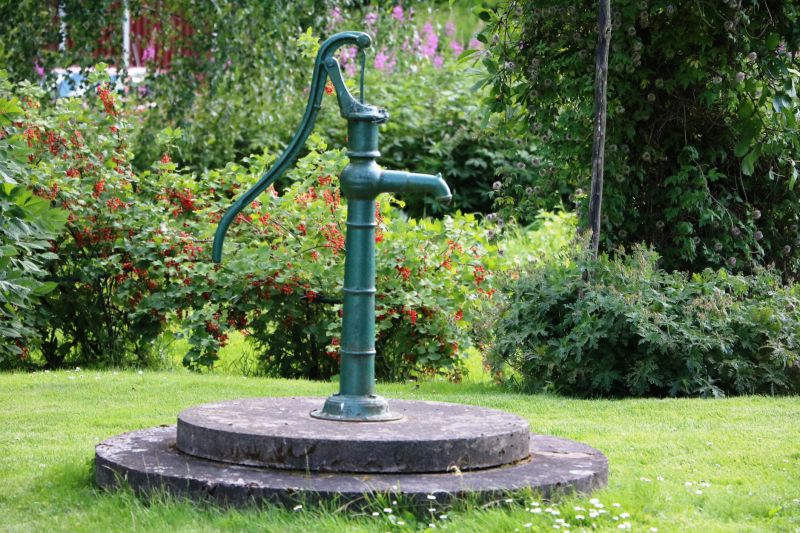
Lower-waste or water-saving choices for Grease Trap Pumpings.

The short, realistic tool list for quality Grease Trap Pumpings.
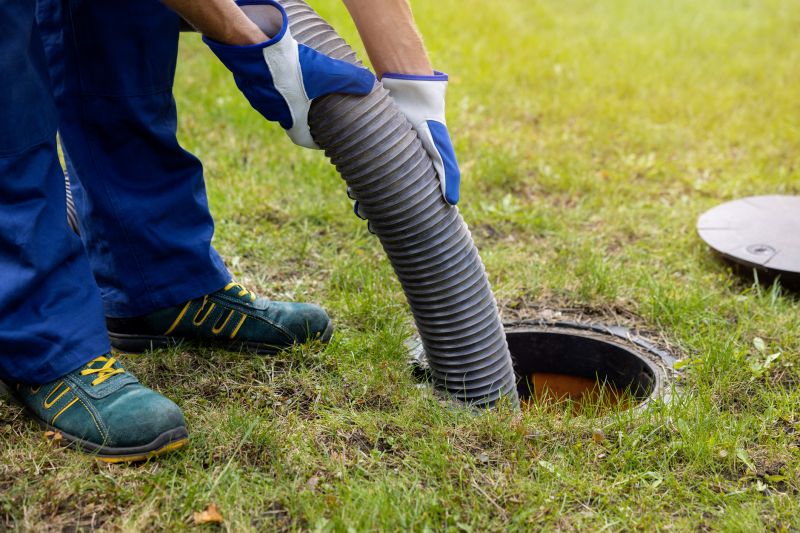
Rough timing from prep to clean-up for Grease Trap Pumpings.
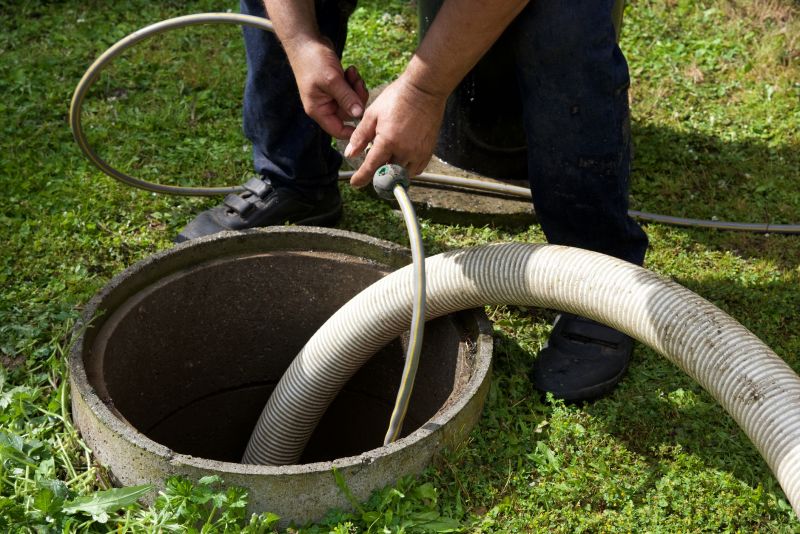
Quick checks and paperwork to keep after Grease Trap Pumpings.

Examples that show the impact a good Grease Trap Pumpings can make.
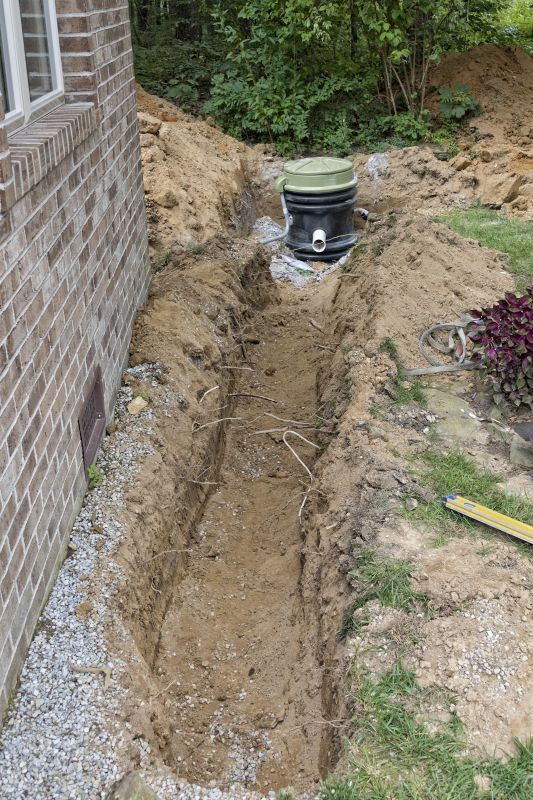
Ways to make Grease Trap Pumpings work in tight or awkward layouts.
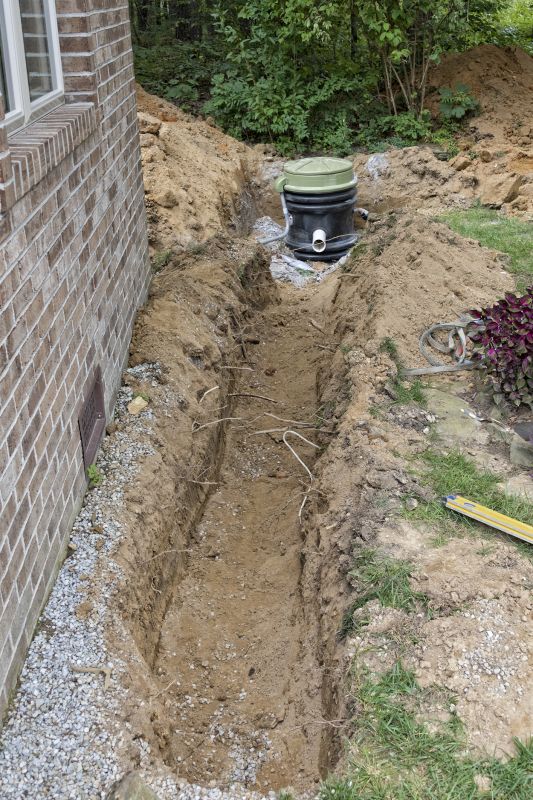
Ways to make Grease Trap Pumpings work in tight or awkward layouts.
| Question | Answer |
|---|---|
| When is the best time for Grease Trap Pumpings? | The optimal time for pumpings depends on usage volume and trap size, but generally every 3 to 12 months is recommended. |
| How often should a grease trap be pumped? | Most commercial facilities pump every 3 to 6 months, but high-volume operations may require more frequent service. |
| What signs indicate a grease trap needs pumping? | Foul odors, slow drains, or visible grease buildup are common indicators. |
| Can over-pumping harm the system? | Yes, over-pumping can disturb beneficial bacteria and cause unnecessary expenses. |
| Is there a recommended schedule for different food service types? | Yes, schedules vary based on the volume of grease produced and trap capacity. |
Ways to make Grease Trap Pumpings work in tight or awkward layouts.
Ways to make Grease Trap Pumpings work in tight or awkward layouts.
Ways to make Grease Trap Pumpings work in tight or awkward layouts.



